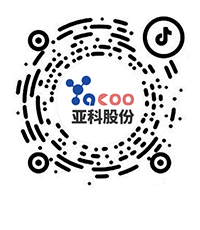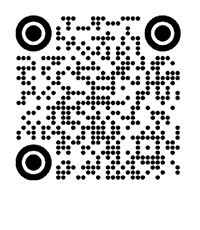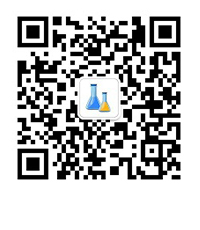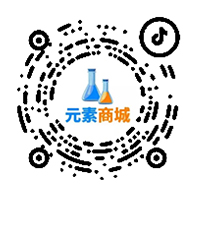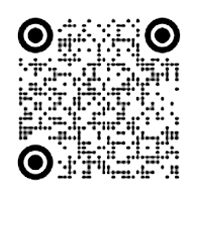Search Product
Structure Search
Search
Advantage Products
Location: Thematic focus
CAS:5704-04-1| The Application of Tricine in Hydrogel Sponge Materials
Product Name:Tricine
CAS:5704-04-1
Molecular Formula:C6H13NO5
Article No.: S0006
Structural Formula:
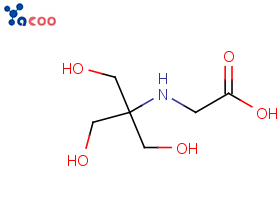
Product Introduction
Tri (hydroxymethyl) methylglycine is a zwitterionic buffering reagent, derived from Tris and glycine. It has a structure similar to Tris, but has weaker inhibitory properties at high concentrations than Tris. It is also one of Good's buffering reagents. Tri (hydroxymethyl) methylglycine has an effective pH buffer range of 7.4-8.8, with pKa=8.1 (25℃). It is commonly used as an electrophoresis buffer and for resuspended cell precipitation.
Application of Tricine
Acute trauma, surgical procedures, and skin injuries caused by chronic diseases still pose significant challenges for humanity. Designing effective wound dressings has become an urgent issue in modern medical systems. Compared with other wound adhesives, hydrogel adhesives have the advantages of being similar to the original extracellular matrix and better maintaining tissue function. The hydrogel constructed with natural polysaccharide and its derivatives has unique biological activity, good biocompatibility, low immune response and other advantages, and is widely used in hemostasis and wound healing. The natural polysaccharides commonly used to prepare adhesive hydrogels include chitosan, hyaluronic acid, cellulose, etc. The low solubility of chitosan and the high viscosity of the solution result in a brittle and weak physical network of chitosan. Therefore, using appropriate substances to modify chitosan to improve its mechanical and adhesive properties remains a challenging task. Therefore, CN116284871A patent provides a highly adhesive chitosan based hydrogel and its preparation method and application. The specific preparation steps are as follows:
(1) Preparation of chitosan acetic acid solution: Dissolve chitosan in acetic acid solution, stir to fully dissolve chitosan, add EDC (1-ethyl-(3-dimethylaminopropyl) carbodiimide hydrochloride) and NHS (N-hydroxysuccinimide), continue stirring to obtain chitosan acetic acid solution;
(2) Preparation of TMG modified chitosan: Take the chitosan acetic acid solution obtained in step (1), add TMG (tri (hydroxymethyl) methylglycine) and stir. After the reaction is completed, place the reaction product in a dialysis bag, dialyze with water, freeze dry to obtain TMG modified chitosan;
(3) Preparation of highly adhesive chitosan based hydrogel: dissolve the TMG modified chitosan obtained in step (2) in water, slowly stir and then stand to obtain highly adhesive chitosan based hydrogel.
The main raw materials used in this invention are natural polysaccharide chitosan and TMG as a biological buffer. The raw materials are abundant and have excellent biocompatibility and biodegradability. Moreover, the acylation reaction between TMG and chitosan in the patent does not require the addition of crosslinking agents, the reaction conditions are mild, the operation is simple, and it has application prospects in biomedical fields. In addition, in the invention, TMG is used to modify chitosan to form hydrogel through hydrogen bond cross-linking to obtain hydrogel with natural polysaccharide group as raw material.
References
CN116284871A A high adhesion chitosan based hydrogel and its preparation method and application.



